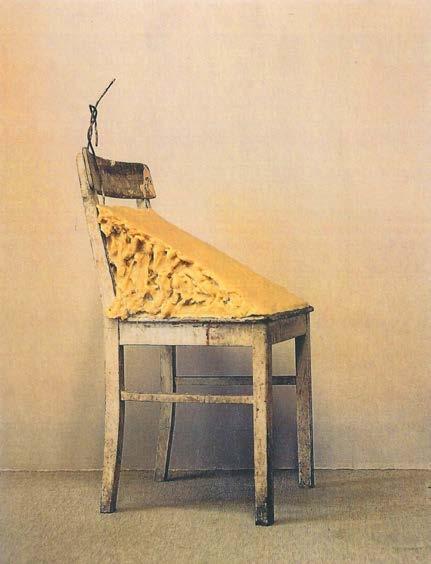
How to love Beuys in 2021

" Profession: artist. Mentality: activist". ARTactif could not remain indifferent to this title of an article devoted by Connaissance des Arts to Joseph Beuys. A delicate subject if ever there was one for a critic of 2021. A tricky subject even. Interesting, then.
Because here we find in the same man everything that our era loves and hates in an artist. Today, many people vote for the simplification of the abstract and unquestioningly decries the intellectualisation of the concrete. Yet Beuys was an artist committed to the Greens of his time, with the project of becoming master of exchanges with nature. At the same time, he had a very democratic vision of art when he said "Everyone is an artist". The followers of the prevailing artistic bien pensance should therefore adore him.
But, at the same time, this good Joseph has not stopped delivering works in which "the artist effaces himself behind an anti-individualist anonymity", even if it means shrouding them in a symbolic hermeticism to which his personal experience and mythology are the only keys. With a single objective prism allowing entry without a decoder, the constant struggle in his artistic work "constantly oscillates between rigid and malleable. He will test "biological interactions and fluid theory" all his life. That this artist with a shamanic mental path could also be sensitive to a scientific logic must pose a big moral and intellectual problem in our time when only the intuitive is not considered immoral.
So how can Beuys be understood and loved today? Valérie Bourgault brilliantly takes up this challenge in the July issue of Connaissance des Arts. She resurrects the interest of Joseph Beuys' artistic project... by telling it! Simply by telling it. And the worst thing is that it works. We follow her as she tells us where the artist's interest in fetish materials such as grease and felt came from. He was miraculously saved from the cold by Tatars after his plane crashed on a mission for the Third Reich, smeared with grease and wrapped in a felt blanket. Life. Warmth. Fluid on top and solid around.
 |
This makes his work entitled Chaise en graisse (Chair made of grease) more understandable. A chair made of grease??? Yes, but this title is not very overpromising because it is in fact a banal wooden chair whose seat is covered with a simple cushion of fat in which a thermometer is implanted. Fat. Our fat. We put this animal matter on the wood of a chair when we sit down. But it is this fat that, detached from us and placed on the seat in our place, paradoxically forbids us to sit on this humble seat that has become a work of art. And as if inhabited by the artist. It would therefore be unseemly to sit on these knees. The grease would make it stain.
On the contrary, it is a question of sublimating materials such as the grease and felt with which Beuys liked to cover pianos. They are "recurring symbols of healing and regeneration. And the same goes for all the other materials in which Beuys found material for creating art. From copper to beeswax, from telephones to dead animals.
It is as if Joseph Beuys had rethought life on the basis of death, which he avoided in extremis. Hence the title, no doubt, of his mythical performance How to explain art to a dead hare? A living still life. Saved in extremis.
Illustrations:
- Joseph Beuys - Greasy Chair - 1964-85
- Joseph Beuys - Homogeneous Infiltration for Grand Piano - 1966





































































